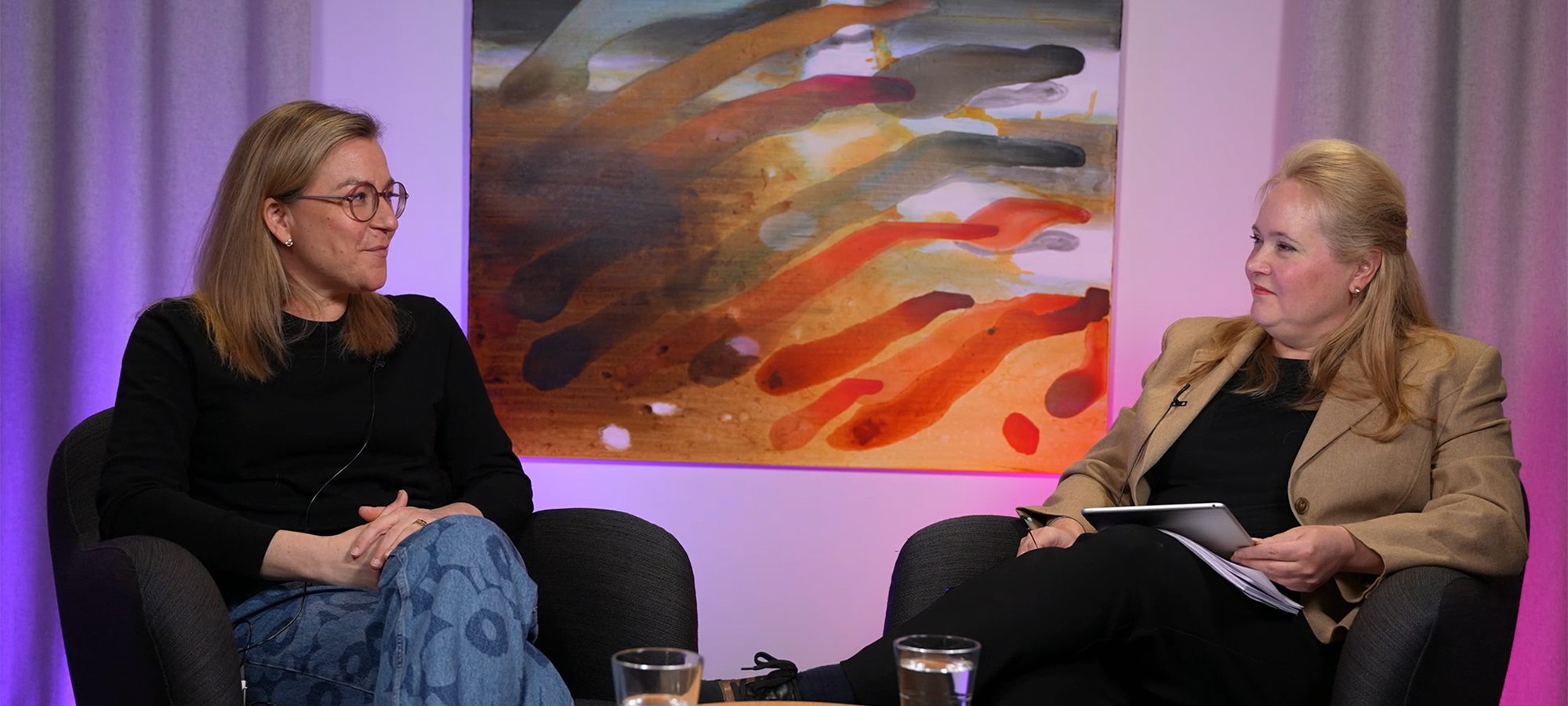According to the Future of Jobs report released by the World Economic Forum in spring 2023, as many as 44 percent of workers’ core competencies were expected to shift within five years. Tom Lindholm, Managing Director of Aalto EE, describes the report as profoundly impactful.
“In practical terms, nearly half of the workforce’s skills will change in the near future. With approximately 2.5 million individuals employed in Finland, this means that skills updates will be necessary for about half of them,” states Lindholm.
The demands of working life are evolving more rapidly than ever before. Continuous learning has become one of the most crucial workplace skills. It is essential for everyone to not only refresh their existing skills but also to develop entirely new abilities.
The responsibility for learning lies not only with individuals but also with organizations and society. However, the question arises: how can we cultivate an organizational culture that truly and effectively champions continuous learning?
"An article in Harvard Business Review from last year emphasizes the necessity for companies to pinpoint the skills they will need in the near future."
According to Lindholm, it’s imperative for workplaces to prioritize continuous learning strategically, akin to other key business domains. This involves forecasting the competencies the organization will require in the future and devising a focused plan for skills enhancement.
“For instance, an article in Harvard Business Review from last year emphasizes the necessity for companies to pinpoint the skills they will need in the near future. Furthermore, it advocates for a dialogue, both internally within the company and externally among different organizations, about the direction in which the world is headed and the future skills that will be needed.”
To achieve this, it is crucial to maintain an ongoing dialogue with various sectors and experts, particularly in fields like technology, while also staying attuned to global developments and trends.
Effective training for an organization is one that aligns with the individual’s career development goals while simultaneously addressing the organization’s future requirements, notes Lindholm.
Create an environment where failures are seen as learning opportunities
Creating a supportive and positive environment for learning is essential. Employers ought to establish metrics and monitoring systems to evaluate the success of learning programs and track employee progress.
“When an employee completes a training course, it’s crucial to identify the benefits, understand what has been learned, and determine the subsequent outcomes. Leading a culture that embraces learning requires thoughtful consideration of how to measure learning, the ways to support it, and the strategies to ensure it makes a meaningful impact.”
“Cultivate a culture that treasures learning as a vital component of personal development and organizational endurance.”
This serves to showcase the tangible advantages of learning for both the individual and the organization.
Lindholm advocates for the establishment of systems that acknowledge and incentivize lifewide learning. Such learning should be reflected in performance metrics and incorporated into both company-wide and individual objectives.
“Cultivate a culture that treasures learning as a vital component of personal development and organizational endurance.”
Leaders must not only champion learning but also show by example how to integrate it into daily work practices. They should be committed to developing their own skills just as others are expected to do.
Psychological safety is important. The culture should encourage people to experiment, and it should be safe to make mistakes.

Psychological safety is important, emphasizes Tom Lindholm.
“Let’s create an environment where failures are seen as learning opportunities.”
Of course, changing the culture so that learning becomes part of the way we work is not a simple task. Cultural transformation is an ongoing process that requires management akin to that of sales operations and can span years before it perme-
ates an organization.
"We must not forget that learning is a time-consuming process"
Lindholm maintains that management and every leader should take an interest in the development of their subordinates’ skills. This responsibility should not be delegated solely to HR.
He points out that some managers still think that excessively fostering skills development is pointless, as there’s a chance that the trained and upskilled individual may eventually leave for other opportunities. This mindset needs to be discarded.
Many organizations provide identical training courses or programs to all employees, yet this one-size-fits-all approach may fall short under present circumstances. Lindholm advocates for companies to courageously pursue more personalized training experiences.
Advancements in technology have made it easier to customize the learning experience.
“However, even in the digital realm, we must not forget that learning is a time-consuming process. Moreover, gaining insights frequently necessitates dialogue and interaction with others.”
Take a look at what the US tech giants do
When considering organizations to emulate in developing a culture that embraces learning, Lindholm suggests looking cautiously towards the tech giants in the US as potential models.
Google has established various training programs designed to equip not only its employees but also individuals and other organizations with opportunities to learn new skills.
Similarly, Amazon has successfully trained thousands of its employees, who initially had no background in AI, to become experts in machine learning.
“Companies whose stock prices have developed positively can serve as excellent examples. They often possess a strong belief in the future, frequently pioneering new and scalable ventures.”
We at Aalto EE are dedicated to meeting the evolving learning needs of individuals and organizations by offering competency-based learning opportunities. Explore the learning opportunities with micro-credentials.






















